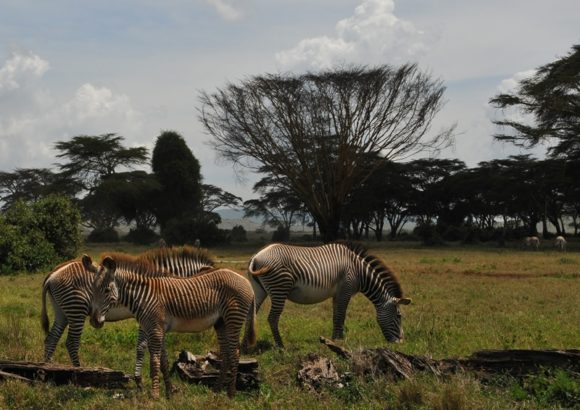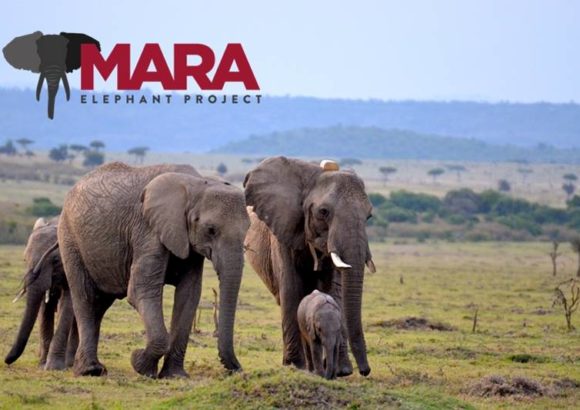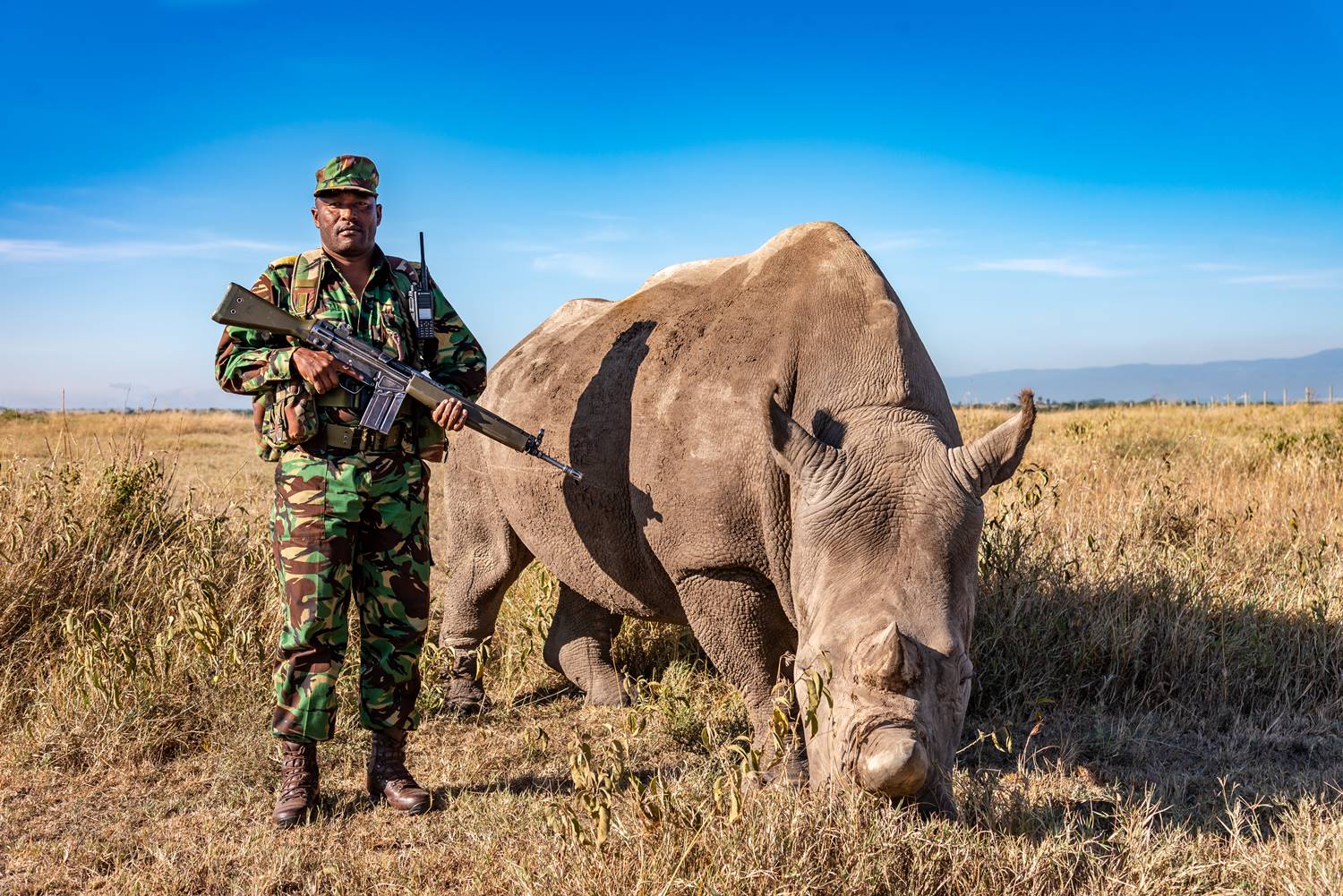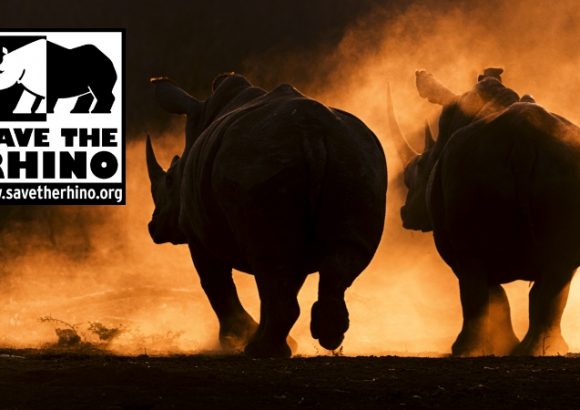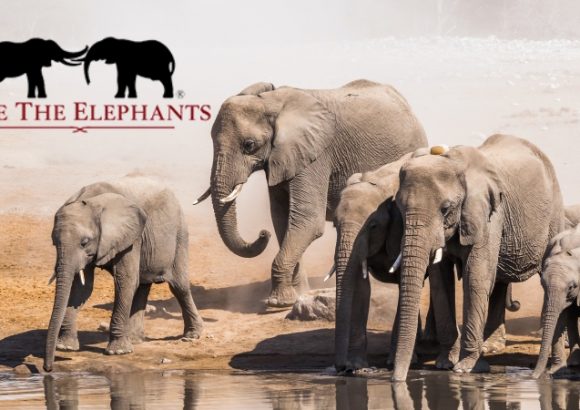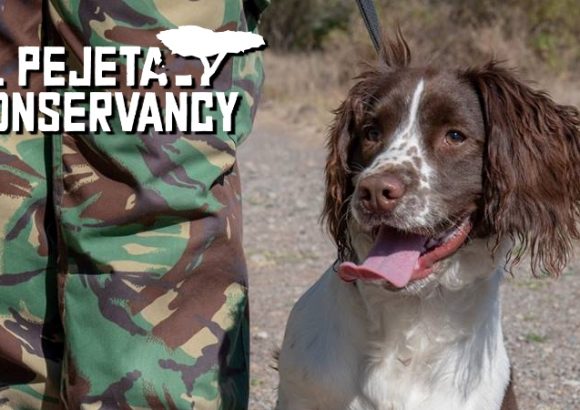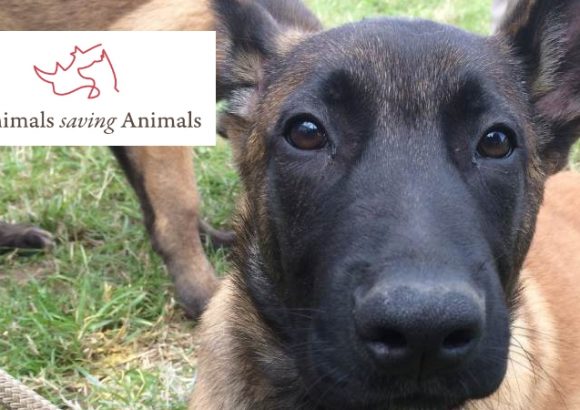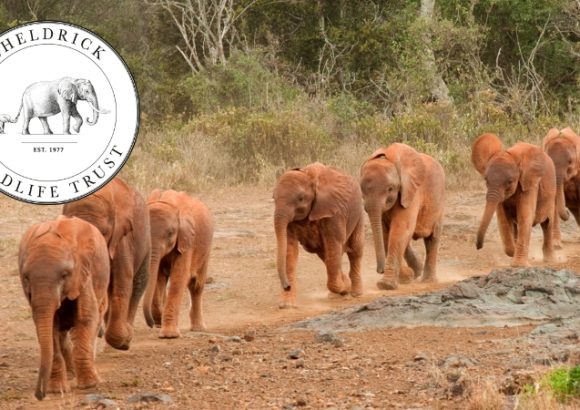Kenya
From the golden savannas of the Maasai Mara, famed for its big cats, to the iconic views of Amboseli’s elephants against the backdrop of Mount Kilimanjaro, Kenya offers an incredibly rich tapestry of landscapes to explore and exceptional opportunities for wildlife viewing.
Interactions with the Maasai and Samburu people enrich the travel experience, adding a cultural depth that connects visitors with Kenya’s vibrant heritage.
Kenya is also at the forefront of wildlife conservation. Visitors can participate in pioneering projects to gain firsthand insight into the country’s conservation efforts and the broader challenges facing modern-day Africa. These experiences add significant value, turning an ordinary safari into a meaningful exploration of Kenya.
The quintessential safari destination.
KENYA JOURNEY INSPIRATION
Our travel network specialises in tailormade holidays. Below you’ll find some examples, with price guide, using destinations and camps/lodges which we think work well together. There are many combinations possible so this is just to give you some initial ideas.
When you are ready to explore options more fully, please do complete an enquiry form – we can then put you in touch directly with the relevant specialist partner team. In discussion with you, they will tailor an itinerary based around your interests and your budget.
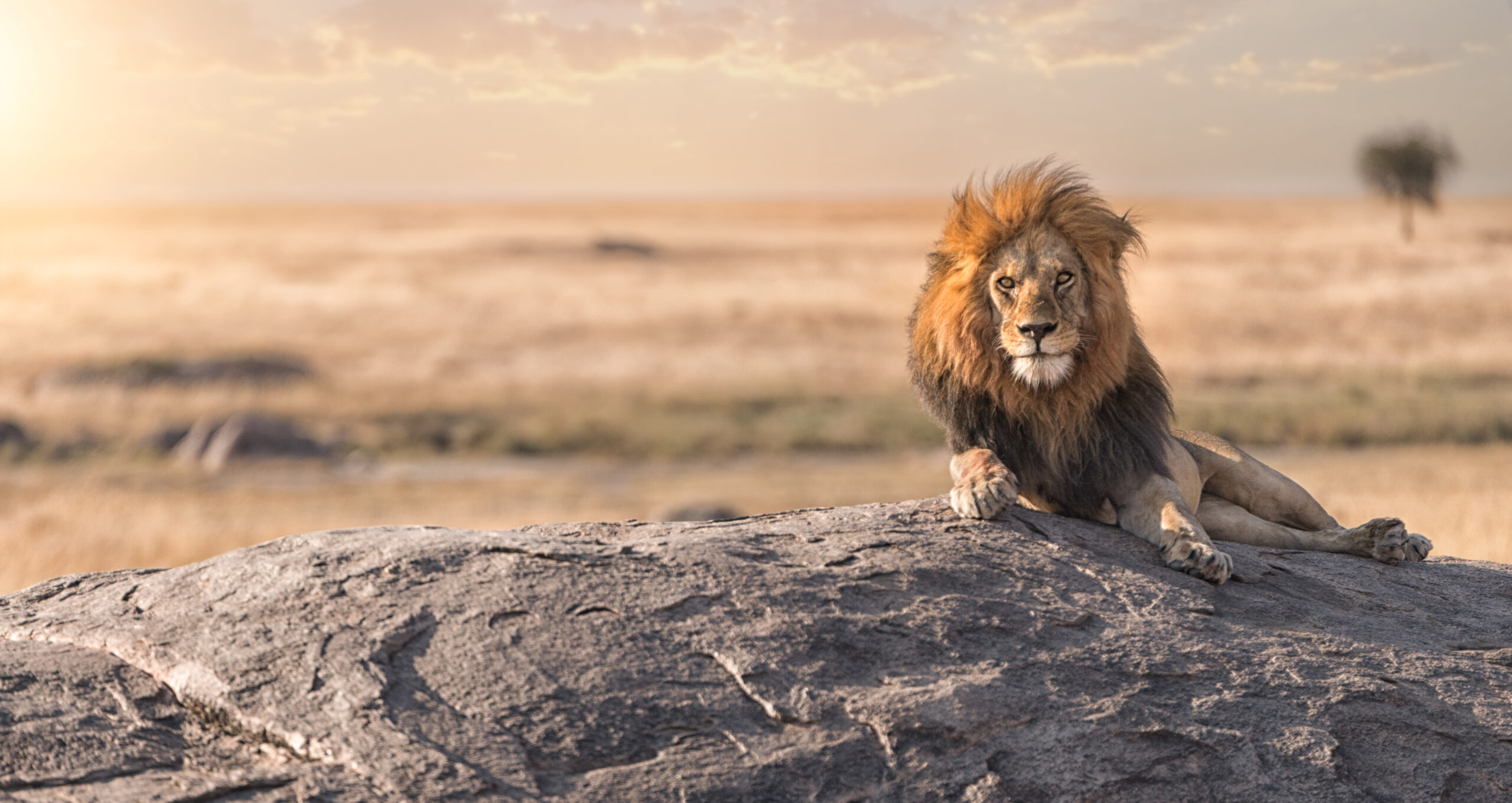 This fly-in holiday combines a classic tented safari experience in one of the excellent Mara conservancies, with a restful stay on the Kenyan coast. It is a classic combination and offers a good balance and value for money.
This fly-in holiday combines a classic tented safari experience in one of the excellent Mara conservancies, with a restful stay on the Kenyan coast. It is a classic combination and offers a good balance and value for money.
If you specifically wish to time your visit with the Great Wildebeest Migration – it is usually in the Masai Mara from mid July to October (dates vary according to weather).
 Day 1-4 Offbeat Mara Camp, Masai Mara
Day 1-4 Offbeat Mara Camp, Masai Mara
Fly from Nairobi to the Masai Mara. On arrival at the airstrip you will be met. Enjoy your first game drive to Offbeat Mara Camp. This is a lovely traditional tented safari camp in the private Mara North Conservancy. During the following days enjoy guided morning and afternoon safari drives, perhaps stopping for a safari sundowner. You may also like to experience a walking safari.
 Day 5-8 Water Lovers, Diani Beach
Day 5-8 Water Lovers, Diani Beach
After breakfast and your morning safari, fly from the Masai Mara to Diani Ukunda, enjoying some sensational scenery enroute. On arrival you will be met and transferred the short distance to Water Lovers Beach Resort, with a superb location right on the white sands of Diani beach.
 Day 9 End of Arrangements
Day 9 End of Arrangements
You will be transferred to the airport for your onward journey.
Price Guide
Per person sharing: from £3,790 (based on mid season)
- This itinerary is available all year round although the best times to travel are likely to be June – October and December to March.
- This trip starts and ends in Nairobi.
Includes
- All domestic flights, airstrip transfers and departure taxes
- Park & conservancy fees
- All game activities
- Full board accommodation and house drinks (on safari); half board (at the beach)
International Flights Our partners can book international flights for you as required.

A two-centre fly-in holiday designed for those seeking spectacular wildlife viewing. This trip combines contrasting regions of Kenya: the Ol Pejeta Conservancy in Laikipia and the Mara North Conservancy in the Greater Masai Mara.
Ol Pejeta is the largest black rhino rhino sanctuary in East and Central Africa, and home to the world’s last two northern white rhinos in the world, as well as many other rare species. In addition to morning and afternoon safaris you also have the option for behind-the-scenes conservation experiences, such as visiting the northern white rhinos, or the anti-poaching unit. The specialist K9 team includes Drum, a conservation arms and ammunition Spaniel who joined the anti-poaching unit thanks to funding by Explorers Against Extinction.
 Days 1-3 Kicheche Laikipia, Ol Pejeta
Days 1-3 Kicheche Laikipia, Ol Pejeta
Fly from Nairobi to Laikipia. On arrival you will be met. Enjoy a short game drive to the camp. The Ol Pejeta Conservancy covers over 90,000 acres of wilderness and is positioned on the Equator. It is most famous for its population of Critically Endangered Black Rhino although there are also white rhino here along with elephant, cheetah, lion and leopard, and many rare species such as Jackson’s Hartebeest and Grevy’s Zebra. Your camp, Kicheche Laikipia overlooks the dam with wonderful views across the conservancy to Mount Kenya. All the guides here are accredited (silver rated) and the camp offers a range of activities including walking, 4WD safaris, mountain biking, canoeing, and visits to the Wildlife Education centre.
 Days 4-6 Kicheche Mara, Mara North Conservancy, Masai Mara
Days 4-6 Kicheche Mara, Mara North Conservancy, Masai Mara
Today you will fly south from Laikipia to the Masai Mara. Your guide will meet you and transfer you to the camp – one of our favourites in Mara North. This lovely tented camp has just eight tents positioned alongside a seasonal stream in a beautiful valley. Meals are taken in the dining tent or in the shade of a large euclea tree. The location is prime, with wildlife frequently seen around or very near the camp itself and excellent access to key wildlife areas.
 Day 7 End of Arrangements
Day 7 End of Arrangements
After breakfast and your morning game drive, you will be transferred to the airstrip for your flight back to Nairobi.
PRICE GUIDE
Per person sharing: from £4,695 (based on mid season)
- This itinerary is available all year round although the optimum times are likely to be June – October and December to March.
- This trip starts and ends in Nairobi.
INCLUDES
- All domestic flights, airstrip transfers and departure taxes
- Park & conservancy fees
- All game activities
- Full board accommodation and house drinks
International Flights Our partners can book international flights for you as required.
 This fabulous two centre safari visits Lewa Wildlife Conservancy and the excellent Naboisho Conservancy in the Masai Mara.
This fabulous two centre safari visits Lewa Wildlife Conservancy and the excellent Naboisho Conservancy in the Masai Mara.
The Lewa-Borana landscape is home to one of the strongest populations of white and black rhino in Kenya and is known around the world for its pioneering conservation initiatives. Lewa Wilderness is owned and managed by the Craig family, and is one of ten properties on the conservancy.
In the Masai Mara you stay at Hemingways Ol Seki, a lovely tented safari camp with nine tents, an infinity pool and sunset deck and the most wonderful valley views.
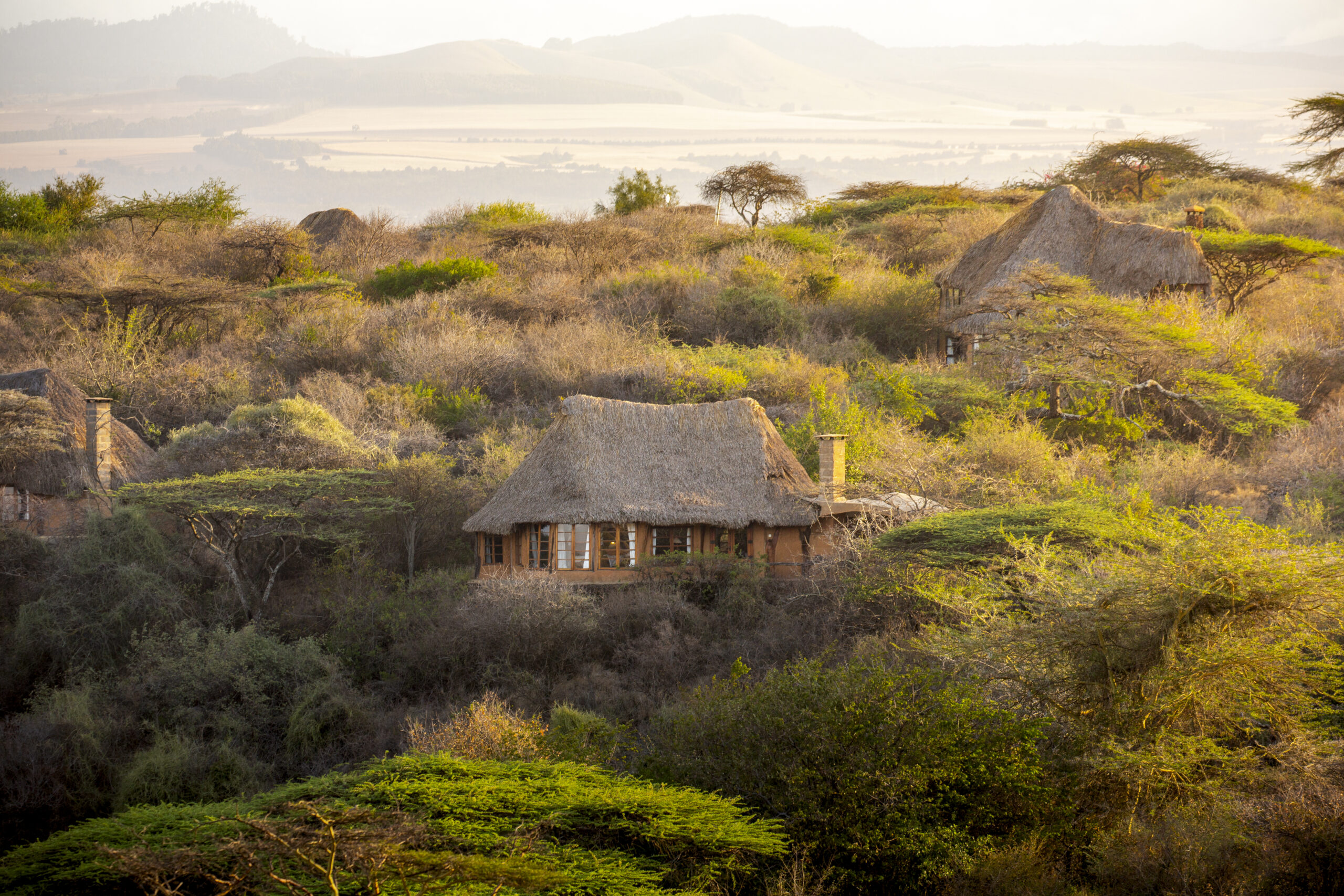 Days 1-3 Lewa Wilderness, Lewa Wildlife Conservancy, Laikipia
Days 1-3 Lewa Wilderness, Lewa Wildlife Conservancy, Laikipia
Fly from Nairobi to Lewa where you will be met by your guide and transferred to Lewa Wilderness. Lewa’s rhino conservation programme began in 1986 and it remains a safe haven for both black and white rhino. Lewa is also home to the single largest population of endangered Grevy’s zebra in the world. Over the course of your stay there will be an opportunity to see a wide variety of species, from elephants to lions – over 70 different animal species and 350 bird species have been recorded here. Depending on what is going on at the time of your visit there is also an opportunty to join additional activities, for example, visiting the dog squad, elephant corridor, operation room, the anti poaching team, Lewa School and on occasion it is possible to track Grevy’s zebra and rhino or follow the Lewa Vet on a call out. In addition the Lewa stables are home to 30 horses/ponies and guests are invited to horse-back ride during their stay.
 Days 4-7 Hemingways Ol Seki, Naboisho, The Masai Mara
Days 4-7 Hemingways Ol Seki, Naboisho, The Masai Mara
Fly from Lewa to the Masai Mara where you’ll be met by your guide on arrival and transferred to Hemingways Ol Seki in the Naboisho Conservancy, enjoying your first glimpse of Mara wildlife enroute. Research has revealed one of the highest densities of lion in Africa in Naboisho. Spend your days exploring this superb private concession with morning and afternoon game drives in custom 4×4 safari vehicles led by expert Maasai guides.
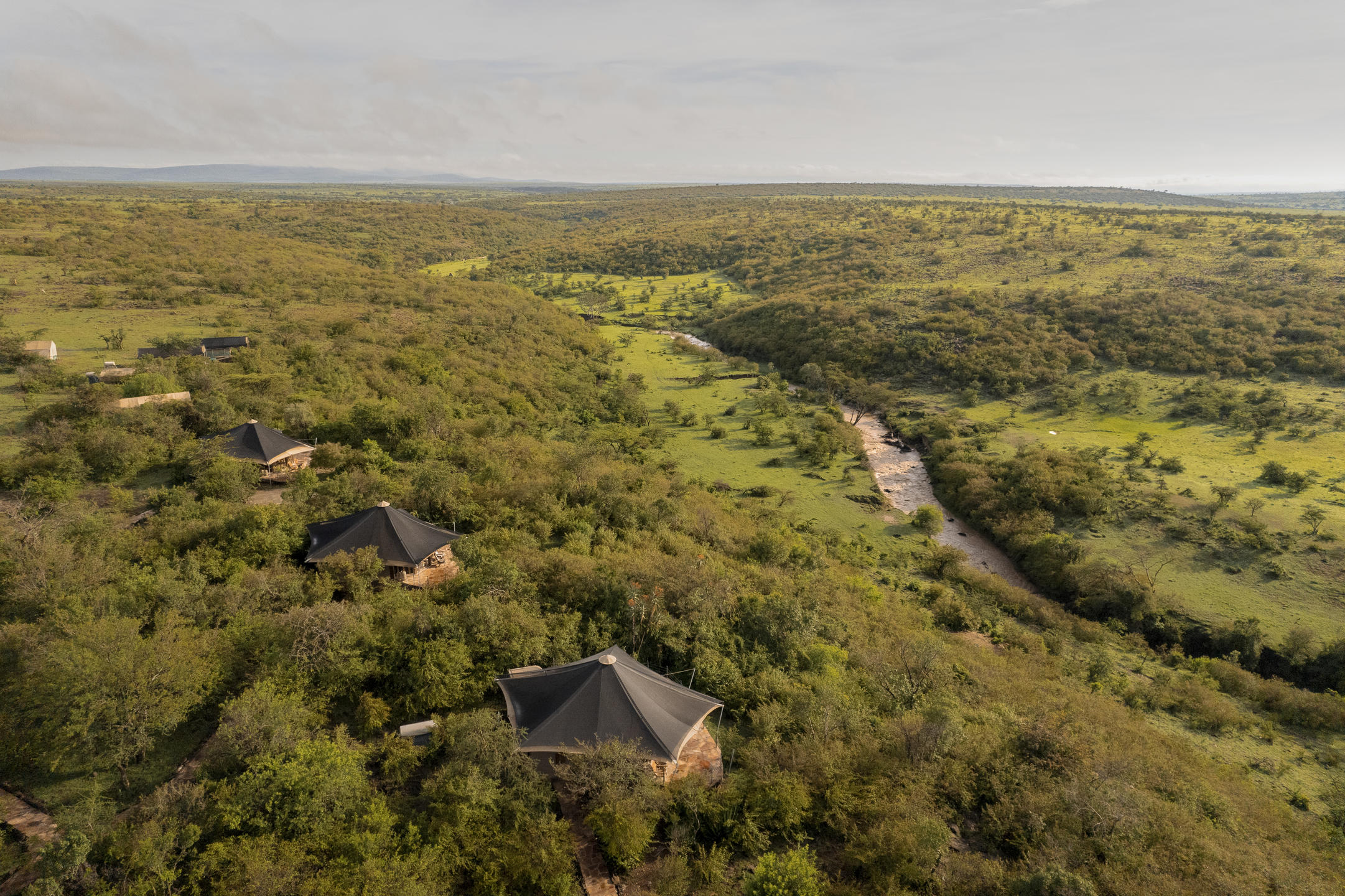 Day 8 End of Arrangements
Day 8 End of Arrangements
Return to Nairobi for your onward journey.
Price Guide
Per person sharing: from £5,855 (based on mid season)
- This itinerary is available all year round although the optimum times are likely to be June – October and December to March.
- This trip starts and ends in Nairobi.
Includes
- All domestic flights, airstrip transfers and departure taxes
- Park & conservancy fees
- All game activities
- Full board accommodation with house drinks
International Flights Our partners can book international flights for you as required.
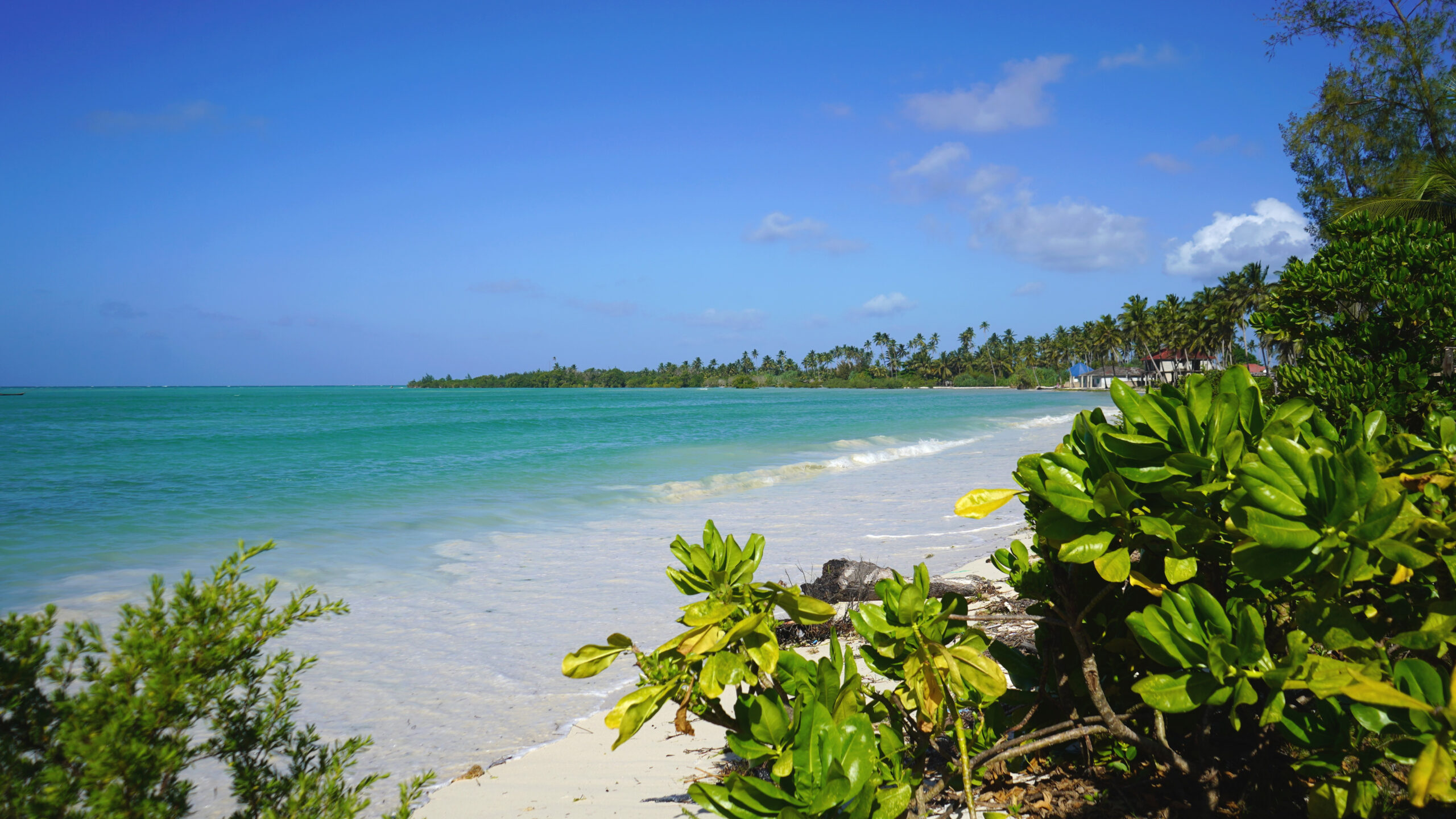
Enjoy the thrill of safari in the Mara North Conservancy in the Masai Mara, followed by an idyllic beach break on the glorious white sands of Zanzibar, Tanzania.
 Days 1-4 Mara Offbeat Camp, Mara North Conservancy, Masai Mara
Days 1-4 Mara Offbeat Camp, Mara North Conservancy, Masai Mara
Fly from Nairobi to the Masai Mara. On arrival at the airstrip enjoy a game drive to Offbeat Mara Camp, a small tented safari camp in the private Mara North Conservancy. There are just seven ensuite tents here – two are configured for families. You share this glorious wild area with the Offbeat lion pride so there’s every chance you will see and hear them during your stay!
 Days 5-10 Boutique Hotel Matlai, Zanzibar
Days 5-10 Boutique Hotel Matlai, Zanzibar
Today you fly to the island paradise of Zanzibar and a lovely boutique property at Michamwi on the south-east coast, around an hour and twenty minutes’ drive from the airport. You stay right on the beach, surrounded by tropical gardens. Matlai offers a tranquil escape, perfect for unwinding after your safari. Enjoy the sandy beaches, explore local culture, or simply relax in the comfort of this beautiful setting.
 Day 11 End of Arrangements
Day 11 End of ArrangementsAfter breakfast, check out. You will be transferred to the airport in time for your onward flight.
PRICE GUIDE
Per person sharing: from £4,755 (based on mid season)
- This itinerary is available all year round.
- This trip starts in Nairobi and ends in Zanzibar.
INCLUDES
- All domestic flights, airstrip transfers and departure taxes
- Park & conservancy fees
- All game activities
- Full board accommodation and house drinks on safari; half board at the beach
International Flights Our partners can book international flights for you as required.
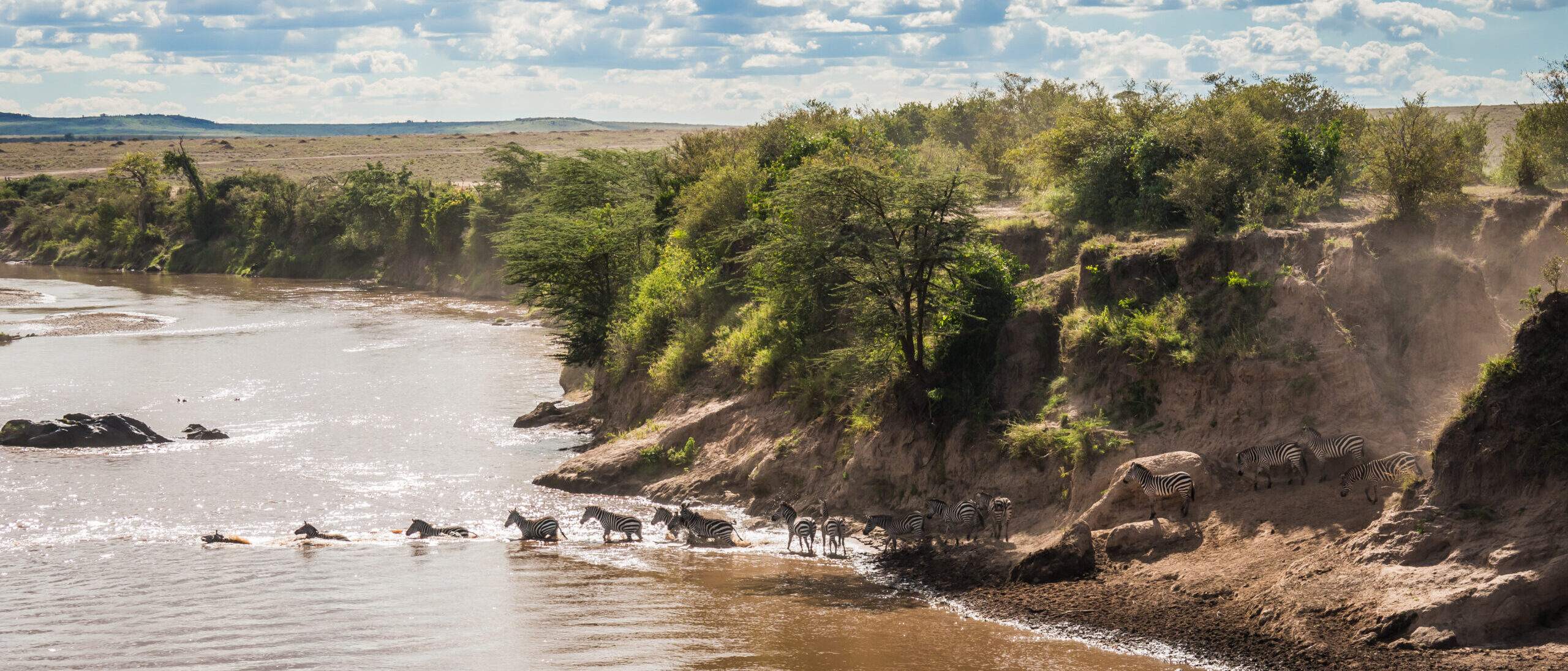
Ngare Serian in the Mara North Conservancy is a special little place – there are only four ensuite guest tents here. Each one is positioned on the river bank. A huge advantage for guests staying here is exclusive-use vehicles, which come with a guide and spotter.
After the excitement of safari you fly to the Seychelles for a relaxing stay at The Constance Ephelia, overlooking the Port Launay Marine Reserve.
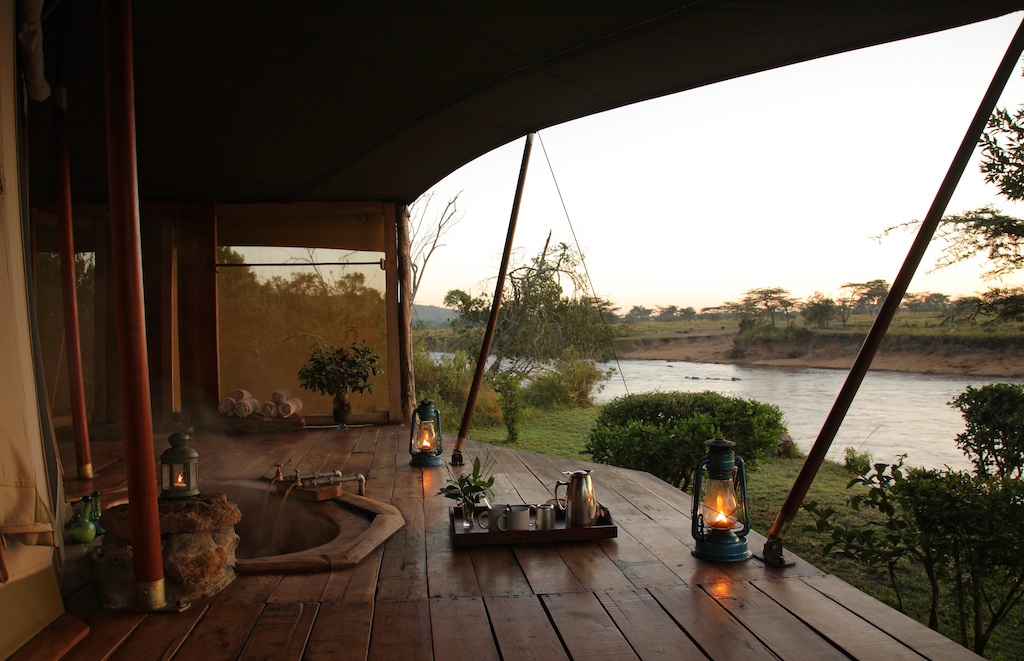 Days 1-4 Ngare Serian, Mara North Conservancy, Masai Mara
Days 1-4 Ngare Serian, Mara North Conservancy, Masai Mara
Fly to the Masai Mara. You will be met and transferred to camp. Ngare Serian is an intimate and luxurious candle-lit camp in the Mara North Conservancy, one of several small Alex Walker Serian properties here. The only Wi-Fi you’ll find is Wi-Fi the camp dog. Access to camp is thrilling – by foot over a narrow rope bridge strung high above the river. You’ll be rewarded by four glorious tents with wonderful ensuite bish bathroms and views over the river and beyond. The farthest tent, tent 4 overlooks a hippo lagoon. The Ngare Serian safari experience includes exclusive use safari vehicles, expert guides and spotters, bush breakfasts, lunches, and sundowners in scenic locations.
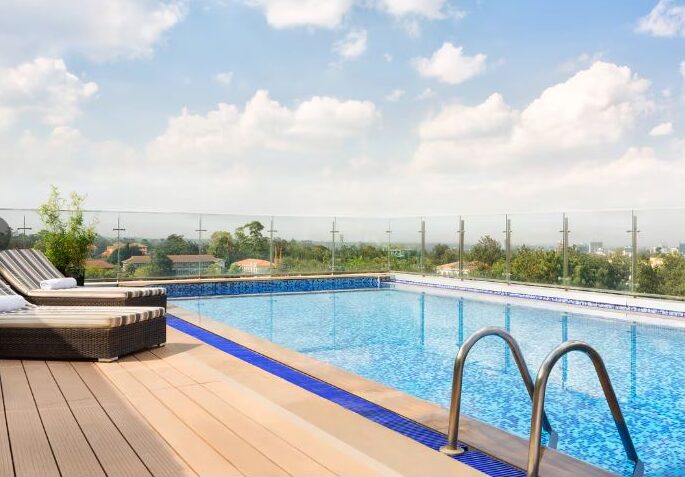 Day 5 Four Points by Sheraton Nairobi Airport
Day 5 Four Points by Sheraton Nairobi Airport
Early morning game drive is followed by breakfast. Today you will fly to Nairobi and transfer to Four Points by Sheraton Nairobi Airport. The rest of the day is at leisure.
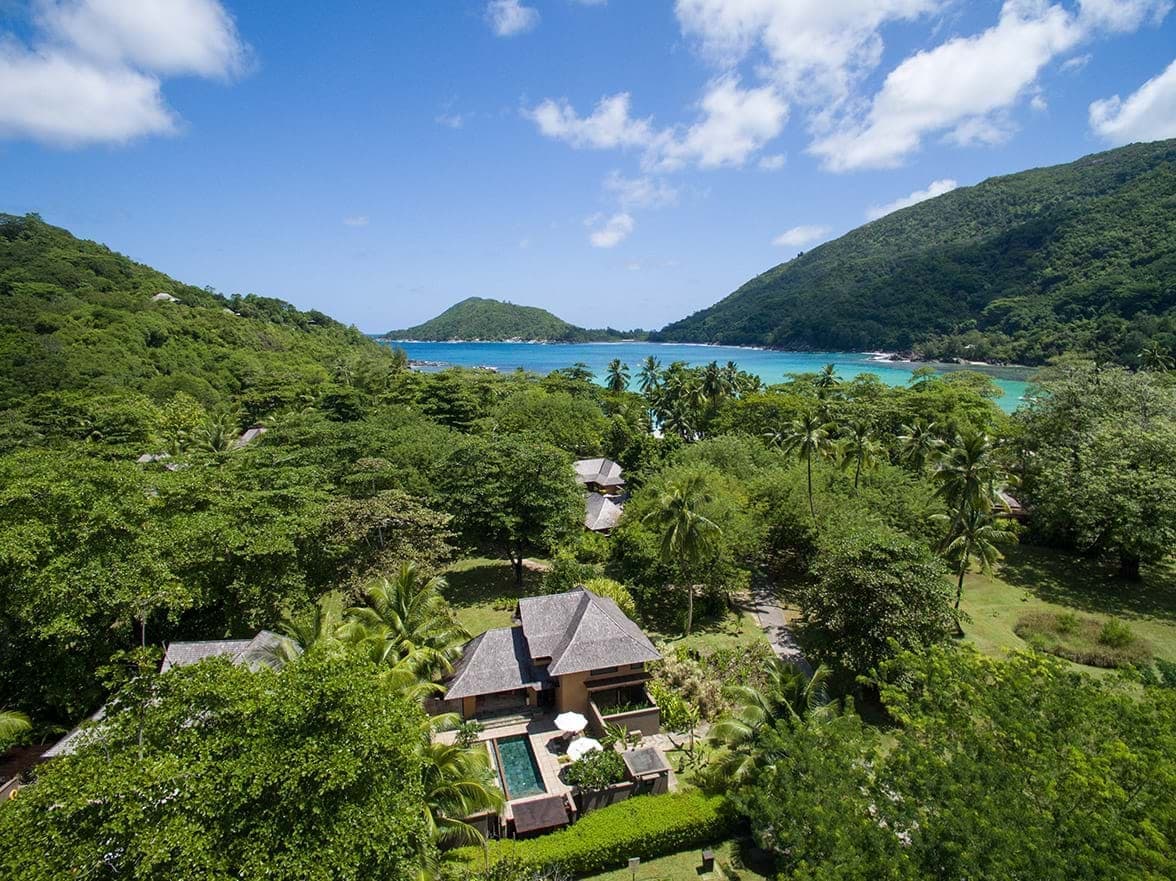 Days 6-11 Constance Ephelia Mahé, Seychelles
Days 6-11 Constance Ephelia Mahé, Seychelles
Fly to the Seychelles. On arrival in Mahé you will be met and transferred to Constance Ephelia Mahé Seychelles where the rest of your time is at leisure. Enjoy exploring this tropical landscape or relax on your choice of two soft, white sandy beaches.
 Day 12 End of Arrangements
Day 12 End of Arrangements
Return to the airport for your onward journey.
PRICE GUIDE
Per person sharing: from £7,325 (based on mid season)
- This itinerary is available all year round.
- This trip starts in Nairobi and ends in Mahé.
INCLUDES
- All domestic flights, airstrip transfers and departure taxes
- Park & conservancy fees
- All game activities in an exclusive-use 4×4 safari vehicle
- Full board accommodation and house drinks on safari; bed & breakfast in Nairobi; half board at the beach
International Flights Our partners can book international flights for you as required.
KENYA GUIDE
You’ll find a short guide to Kenya below.
To start planning a trip to Kenya please contact us via the Enquiry Form, by email on info@realworldconservation.org.uk or on 01692 218189.
 The Masai Mara, the most famous of Kenya’s game parks, spans approximately 1,500 sq kms. Located in the country’s southwest, it connects with Tanzania’s Serengeti to form an extensive wildlife ecosystem. Named after the Maasai tribe, who still herd cattle here, and the Mara River, which flows through it, the Masai Mara is a haven for wildlife.
The Masai Mara, the most famous of Kenya’s game parks, spans approximately 1,500 sq kms. Located in the country’s southwest, it connects with Tanzania’s Serengeti to form an extensive wildlife ecosystem. Named after the Maasai tribe, who still herd cattle here, and the Mara River, which flows through it, the Masai Mara is a haven for wildlife.
Key Areas of the National Reserve
- Sekenani – South-east of the Talek and Mara Rivers.
- Mara Triangle – Between the Oloololo Escarpment and the Mara River.
- Musiara – Between the Mara and Talek Rivers.
While the national reserve offers numerous camps and lodges, these areas often experience high traffic density. For a more exclusive experience, consider the private conservancies adjacent to the reserve, which are unfenced to facilitate wildlife migration but have strict limits on the number of visitors and tend to offer far smaller, high quality camps/lodges.
Private Conservancies
Private conservancies including Mara North Conservancy (MNC) Naboisho and Olare Motorogi, adhere to strict visitor limitations to maintain low-density high-quality tourism. MNC, covering 64,000 acres, works with local Maasai landowners, providing them with direct income from wildlife conservation. Camps in these conservancies, including Mara Plains, Kicheche, Offbeat Mara, and Mahali Mzuri offer a wonderful experience.
The Great Migration
The Masai Mara is renowned for the annual wildebeest migration, one of nature’s most spectacular events. The migration usually arrives in the Mara from July to October, with over 1,000,000 animals crossing the savanna, and braving the perilous Mara River, where Nile crocodiles lie in wait.
Wildlife and Activities
The Masai Mara is home to spectacular wildlife and is particularly noted for its lion prides, famously documented in the BBC’s “Big Cat Diary.” The Mara and Talek rivers host large hippo populations, and the flat savanna is ideal for spotting cheetahs. Elephant herds traverse the park, and the region’s diverse grazing animals include zebra, eland, and Thomson’s gazelles.
You are unlikely to see rhino – they are here but in small numbers and they tend to be elusive.
The biggest thing about the Masai Mara is how reliable the wildlife viewing is year-round. This means that you can see a tremendous amount in a short time. 3-4 nights is hugely rewarding. You can of course stay much longer, combining different areas, activities and sampling different styles of camps.

Laikipia, a region of rugged beauty, offers a contrasting experience to the Maasai Mara and logistically the two destinations are easy to combine in one trip. Laikipia is known for its traditional ranches and rolling farmland interspersed with community land. Over many years it has been transformed into a haven for luxury safaris and conservation.
Immersive Safari Experiences
Many of Laikipia’s old livestock ranches are now luxurious safari lodges, where guests can horseback ride, river swim, walk, and engage in a range of conservation activities. The relaxed atmosphere and wonderful old homesteads on many of the conservancies, for example at Lewa-Borana, give the region a distinct ambience.
Wildlife and Conservation
Laikipia is home to a remarkable array of wildlife. Over half of Kenya’s black rhino population resides here, along with around 2,000 migrating elephants, increasing numbers of wild dogs, and the rare Grevy’s zebra. The region’s conservation efforts are exemplary, particularly at Ol Pejeta Conservancy, home to the last remaining northern white rhinos, and Lewa-Borana – both of which offer outstanding wildlife viewing. Smaller and less well-known conservancies may have less prolific wildlife but make up for it with wonderful wilderness to explore through a great variety of activities and warm hospitality.
Key Airstrips
The region is served by three main airstrips: Lewa Downs, Nanyuki, and Loisaba. Most lodges are within an hour’s drive. frican wild dogs and Grevy’s zebras. Visitors can stay in private villas and visit community projects supported by the conservancy.
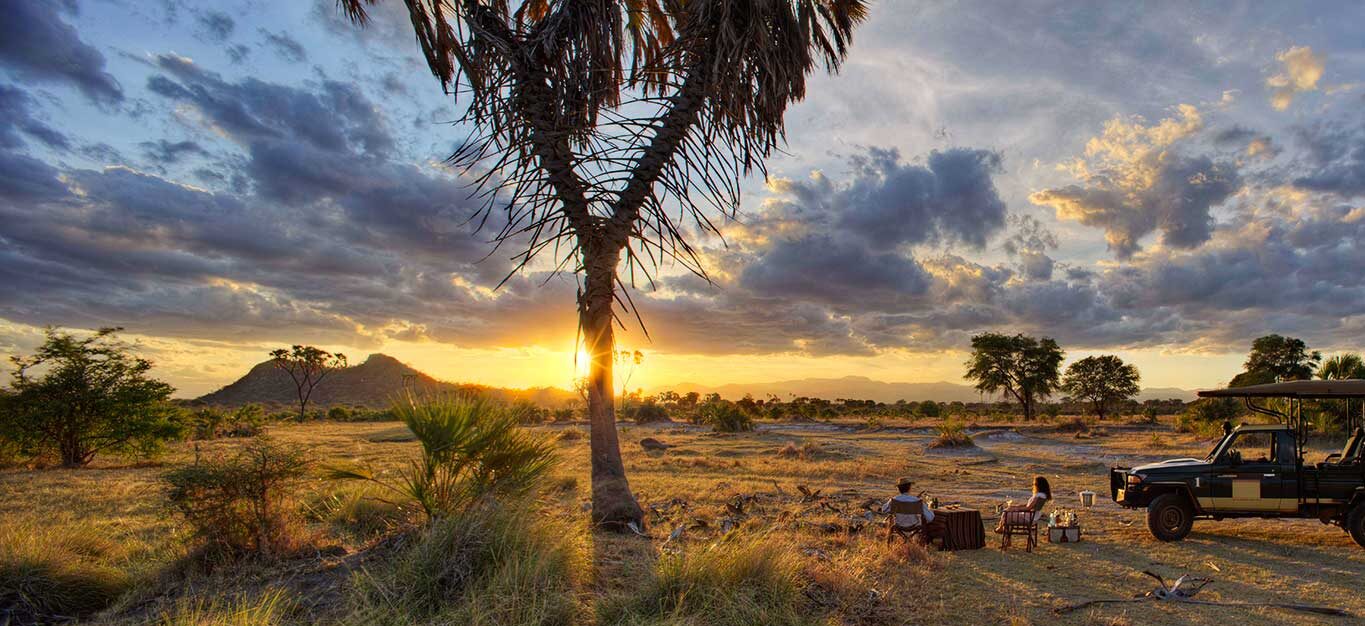
Meru National Park, once plagued by neglect and rampant poaching in the 1980s, has made a remarkable comeback but is still much less visited than other regions. Known for its beautiful lodges and off-the-beaten-track appeal, Meru is an excellent destination for repeat visitors to Kenya seeking a rewarding experience.
Landscape and Habitat
Meru’s semi-arid landscape is marked by its diverse habitats, including grasslands, thorn scrub, and lush forests of Raffia and Doum palms. The Tana River, which flows through the park, provides a vital water source for wildlife throughout the year. The riverine forests are particularly picturesque, creating a striking contrast against the dry, open plains.
Wildlife and Conservation
Encountering Meru’s large buffalo herds is a highlight, with lions often seen prowling nearby. The ‘Special Five’ found further north in Samburu (reticulated giraffe, Beisa oryx, lesser kudu, Grevy’s zebra, and gerenuk) can also be found here. The park also features a rhino sanctuary near the main gate, including both white and black species. Meru is a birdwatcher’s paradise, boasting over 427 recorded bird species. From vibrant bee-eaters to majestic raptors, the park’s avian diversity is truly impressive.
Accessibility
For those who prefer not to endure the long drive, flights are available to nearby airstrips, making access to Meru more convenient. The park offers stunning views of Mount Kenya, the highest peak in Kenya and the second tallest in Africa, adding to its scenic allure.
Accommodation
One of the standout lodges in Meru is Elsa’s Kopje, part of the Elewana Collection. This lodge offers luxurious accommodation and breathtaking views, making it a favourite among visitors.
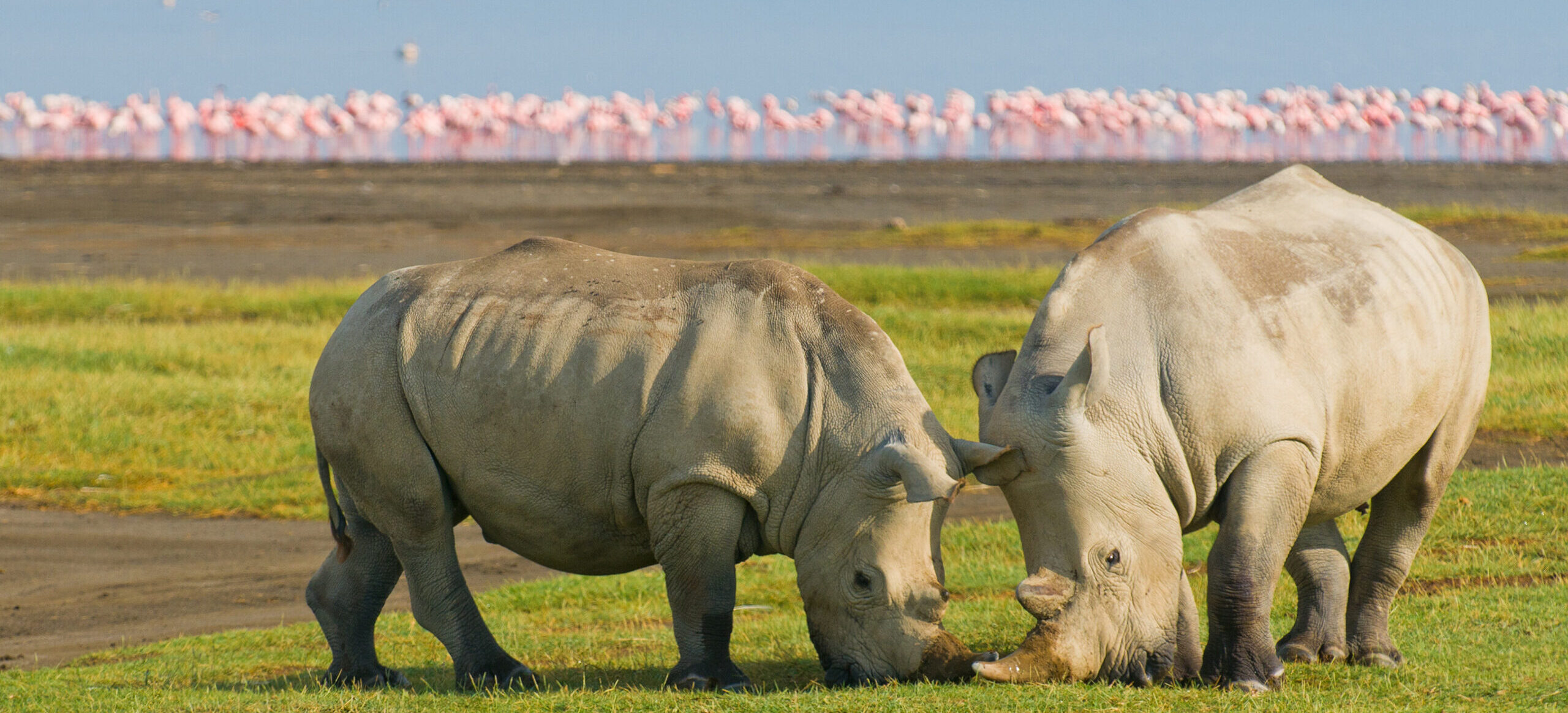
The Great Rift Valley stretches across Kenya and is characterized by dramatic escarpments, fertile plains, and a series of lakes.
Lake Nakuru, a UNESCO World Heritage Site, is Kenya’s most famous lake, set against the backdrop of the Rift Valley escarpments and known for its flamingos, rhino grazing the shoreline and the silhouettes of Nubian (Rothchild’s) giraffe on the horizon. The park is relatively small and easily accessible from Nairobi, so it often experiences heavy tourist traffic and because of this is not somewhere we regularly include.
Rising water levels and changes in alkalinity at Nakuru has also caused flamingo sightngs to be less reliable, as they frequent other Rift Valley lakes like Bogoria. While flamingo populations have started to return in recent years, their presence is not always guaranteed. The park’s high water levels can also pose challenges for exploration.
Lake Naivasha
Lake Naivasha, a freshwater lake within the Rift Valley, is rich in birdlife and home to numerous hippos. This area is a key agricultural hub, known for its fertile soil supporting various farms, cut flower industry and orchards, giving it a more urban feel. Activities around Lake Naivasha include boat rides, school visits, and horseback riding. For trekking Mount Longonot and Hells Gate Gorge National Park are nearby. Naivasha is the highest lake at 1884m (over 6,000 feet).
Other lakes
Lake Elementeita is a shallow soda lake southeast of Nakuru, and offers a less developed alternative. Lake Bogoria is known for its hot springs and geysers, which are set against the backdrop of the Rift Valley’s rugged terrain. Rising water levels have submerged much of the surrounding road, complicating access. Lake Natron is the most southerly lake, with just the northern tip in Kenya and the rest stretching into Tanzania. Natron is known for its extreme alkalinity, and a harsh, dry environment. Lake Magadi is just to the north, with its striking pink/red hues and flocks of flamingos.
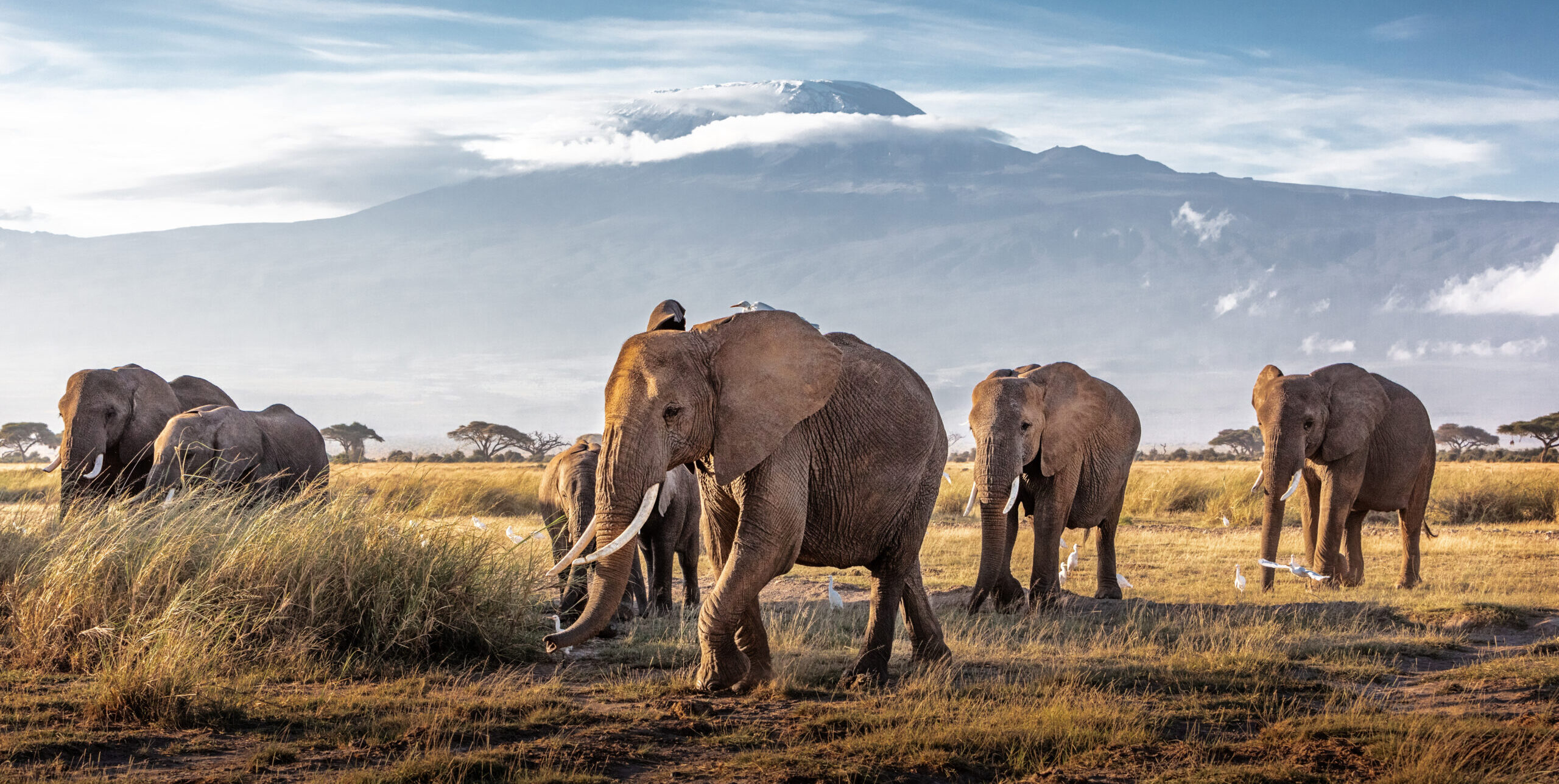
Amboseli National Park is located approximately 250 km southeast of Nairobi. Spanning around 400 sq km, it lies on the border with Tanzania and is renowned for its breathtaking views of Africa’s highest peak: Mt. Kilimanjaro.
The park’s ecosystem is centred around two perennial swamps amidst arid plains. These swamps, sustained by underground streams from Mt. Kilimanjaro, are crucial for the survival of the park’s wildlife. The consistent water and grazing opportunities attract a diverse array of animals, including lions, cheetahs, leopards, giraffes, and buffalo. However, Amboseli is particularly famous for its large elephant herds, monitored and protected by the Amboseli Trust for Elephants since its establishment in 1972.
To the west, the park features the dry bed of Lake Amboseli, a stark contrast to the lush swamps. These wetlands are extensive enough to support a variety of wildlife, including hippos, who thrive in the water pools. However, the receding glaciers of Kilimanjaro pose a threat to the park’s water supply, raising concerns about future water availability and increasing salinity levels.
Amboseli’s history as a protected area dates back to 1906 when it was designated a reserve. It attained National Park status in 1974. In recent years, the management of the park transitioned from the Kenya Wildlife Service to local council control, sparking debates about revenue distribution and the future of local Maasai community benefits.
Most of the park’s camps/lodges are located in the central swamp area known as Ol Tukai. Other notable landmarks include Observation Hill, a popular spot for sundowners and picnics, and Lake Amboseli. The park is surrounded by several smaller conservancies such as Kitirua, home to Tortilis Camp, and Selenkay, where Porini Camp is situated.
Chyulu Hills
Further afield, on a striking lava ridge, lies the spectacular Chyulu Hills. This remote and less-visited area offers an ideal retreat for seasoned travellers. The exclusivity of Chyulu Hills is epitomised by its luxurious camps including Ol Donyo Lodge, part of Great Plains Conservation portfolio, and Campi Ya Kanzi. These lodges offer exceptional amenities and opportunities for safaris, walking tours, and horseback riding, making for a memorable stay.
The Chyulu Hills, with their undulating landscapes and rich biodiversity, provide a beautiful contrast to the typical Kenyan safari experience. The hills are also home to some of the largest elephants in Kenya – the super tuskers. Spending time watching these giants at the Ol Donyo hide is a real and very special privilege.

Tsavo East and West, Kenya’s largest national parks, are split by the Mombasa – Nairobi road. Together they offer a vast wilderness. Tsavo East is known for its open grasslands and the Yatta Plateau, while Tsavo West features mountainous terrain, swamps, and Mzima Springs, attracting more visitors due to its scenic beauty and proximity to the coastal resorts around Mombasa.

Diani Beach and Beyond
The Kenyan coast offers a variety of options from big resorts to small and exclusive beach houses. Among our favourite locations are the areas south of Mombasa, particularly Diani Beach and Msambweni. For those visiting Diani Beach, we recommend flying into Ukunda airstrip, which is much more convenient and less crowded than Mombasa’s Moi International Airport.
Diani Beach is perfect for post-safari relaxation and also offers a range of activities from snorkelling and scuba diving to kite surfing and deep-sea fishing. The beach is also home to a diverse array of wildlife, including the endangered Colobus monkey.
Msambweni
Msambweni, a serene coastal town further south, is known for its stylish accommodation including Msambweni House & Villas. It’s a tad more exclusive than Diani and ideal for honeymoons and special celebrations and for those who prefer not to have the bustle of Diani.
North of Mombasa
To the north of Mombasa, the stretch of coast from Malindi to Kilifi is well-known. Watamu, home to the Whale Shark Trust, is particularly notable for its efforts in marine conservation and beautiful Watamu Marine Park has opportunities for diving and snorkelling.

One of the world’s greatest wildlife spectacles, the Great Migration is the largest overland migration on the planet. This approximately 1,000 km journey involves over 1.5 million wildebeest, zebra, and antelope traveling from Tanzania’s UNESCO World Heritage Serengeti to Kenya’s lush Maasai Mara. This migration is pursued by predators including lions, leopards, hyenas, and cheetahs, making it a must-see event for wildlife enthusiasts.
Seasonal Highlights
The migration spends about 75% of the year in Tanzania’s Serengeti and Ngorongoro Conservation Area and around 25% in Kenya’s Maasai Mara. The southern Serengeti plains host the highest concentration of predators during the calving season (January-March). The pinnacle of the migration is the dramatic river crossing in the northern Serengeti, from July to October, where herds brave the Mara River, facing crocodiles and strong currents.
Wildlife Viewing
While the migration itself is awe-inspiring, it also offers unparalleled opportunities to see East Africa’s big cats and other predators in action. The Serengeti and Maasai Mara are home to about 3,000 lions, are a stronghold for cheetahs, leopards, and an array of other wildlife. However, do not expect to have the place to yourself. The migration draws huge crowds with camps booked up many months in advance at prime times. It is also worth noting that wildlife densities are impressive year-round in the Serengeti-Mara ecosystems.
Travel Tips
The migration’s movement depends on weather patterns, which are increasingly unpredictable. We recommend booking early for peak times, especially for river crossings (July-October). If you are not that concerned with catching up with the migration we would recommend considering the quieter ‘secret’ season of June, where some camps in the Mara offer attractive mid-season pricing. It may be worth considering a stay in a mobile ‘migration’ or seasonal camp to get as close to the action as possible. You could always combine a stay in a mobile with a stay in a permanent camp for a lovely contrast.
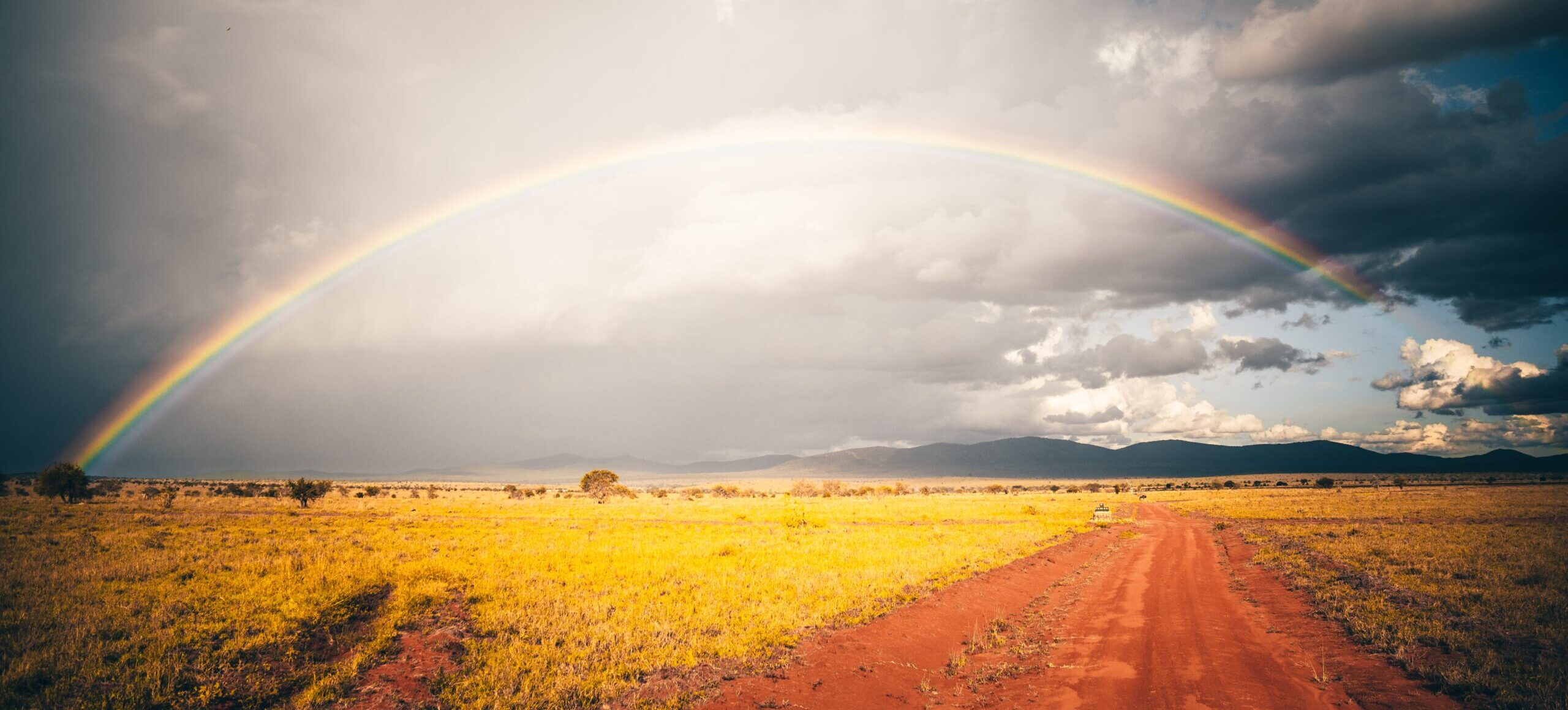
June to October is the long dry season in Kenya and the optimum time to travel for wildlife viewing
- This is Kenya’s long dry season, characterised by clear skies and minimal rainfall. Temperatures on safari are in the 20s.
- The dry season is considered the best time for safari. The bush recedes and animals gather around water sources.
- This period coincides with the Great Migration in the Masai Mara (mid July to October).
- The dry season is the most popular time to safari and so prices are peak, although some camps/lodges offer mid season prices and special packages in June.
December to March
- This is the short dry season, when wildlife viewing is generally very good but you can get mixed weather.
November, April and May
- Weather patterns are increasingly unpredictable but these are typically the wettest months with the short rains arriving in November, and temperatures rising, and the long rains falling in April and May. Although travel is still possible, some camps/lodges will close.
The Coast
The coast has its own distinct climate, with seasons influenced by the monsoon winds. Temperatures are usually around 30 degrees year-round, and humid, especially after the altitude on safari.
Kaskazi – the north-east monsoon (October to March) is the best season for ocean visibility (snorkelling and diving) with lovely calm sea conditions and clear skies. The wind blows from the north and the ocean current flows from the south. This is considered the optimum time at the coast.
Kusi – south-east monsoon (May to September) can result in choppy seas and some beaches are prone to seaweed with the wind and offshore current flowing south to north. Temperatures and humidity are slightly reduced. Short sharp showers are possible.
The Matlais is the name for the calm periods between the two monsoons.



